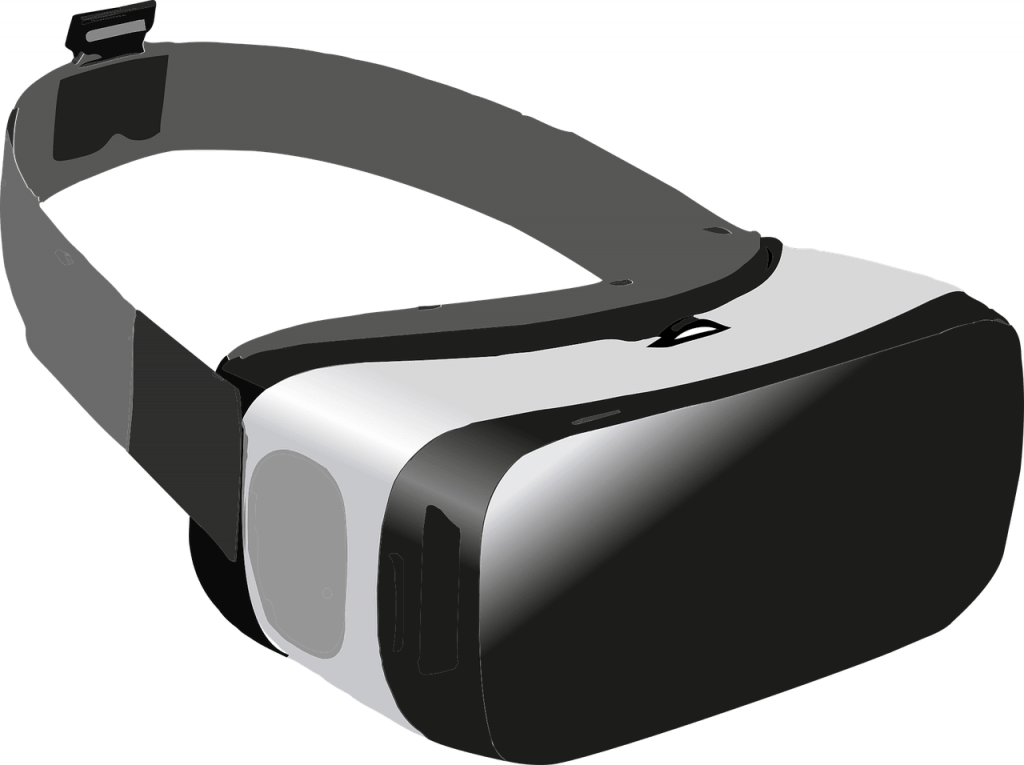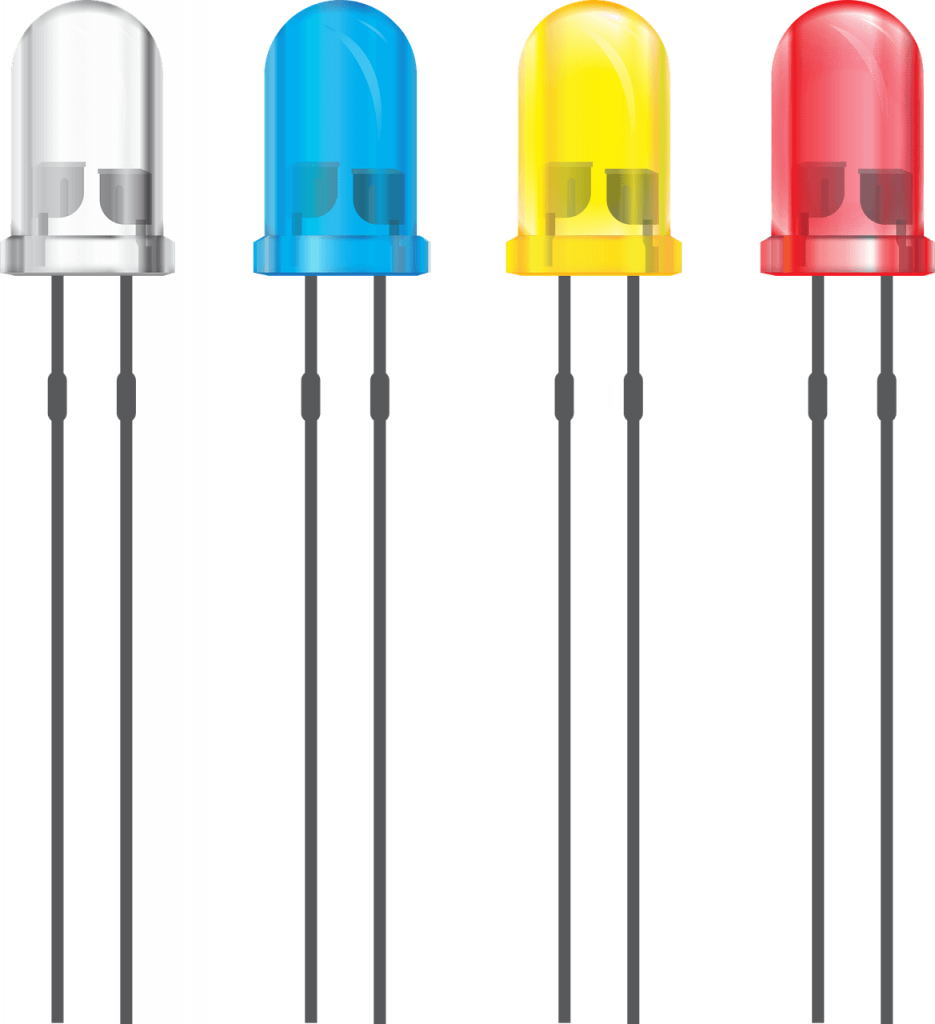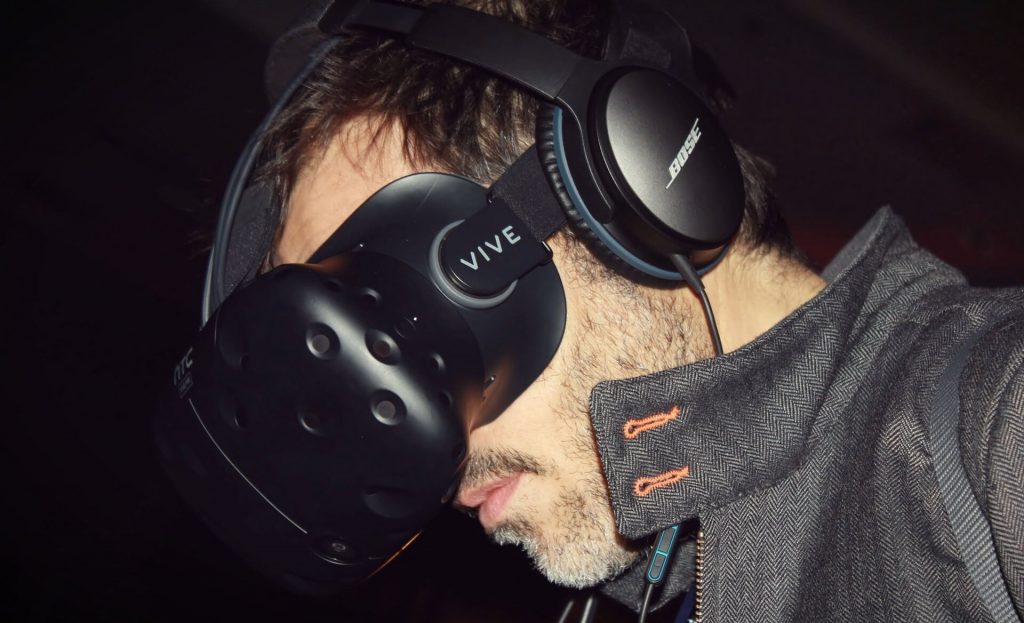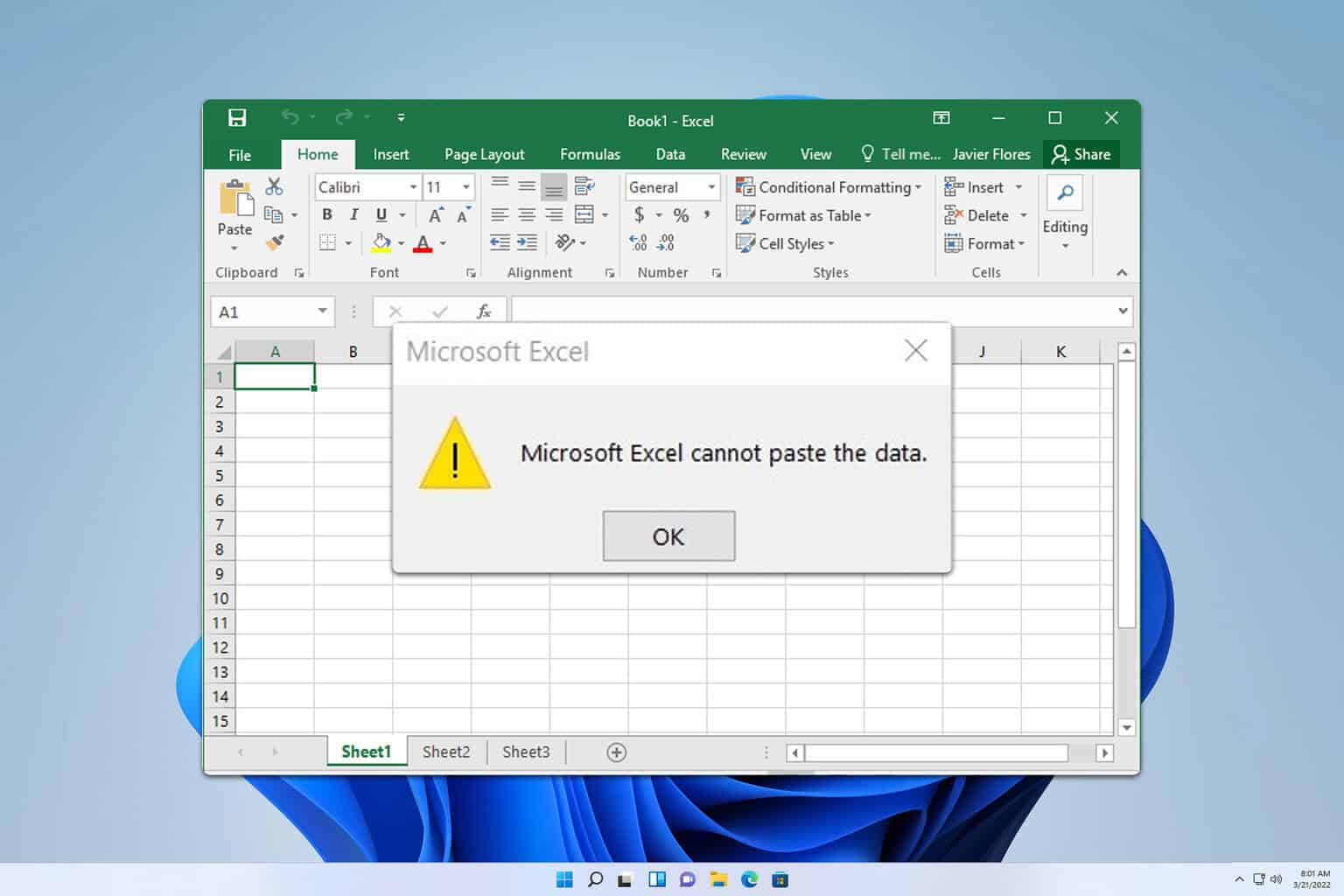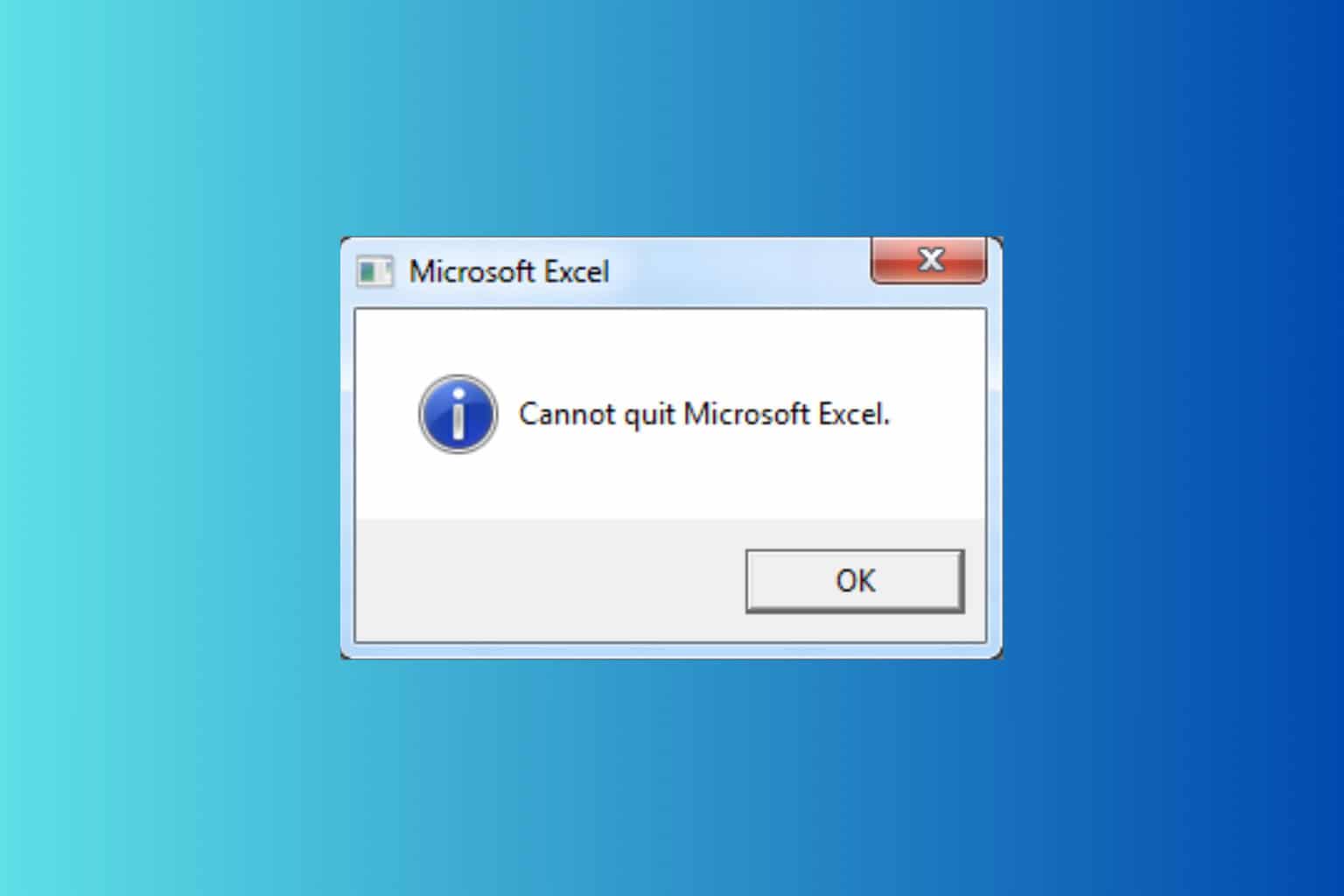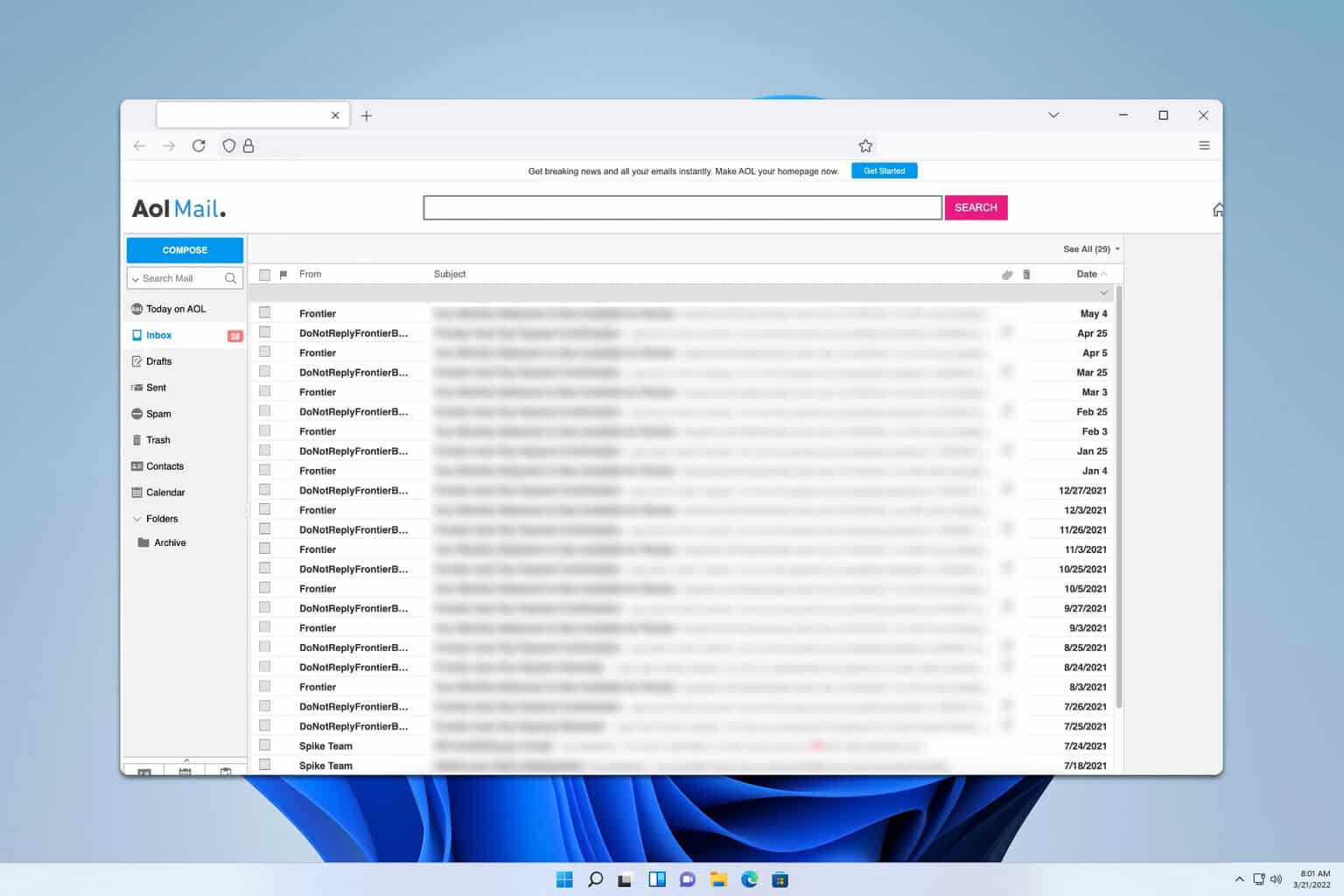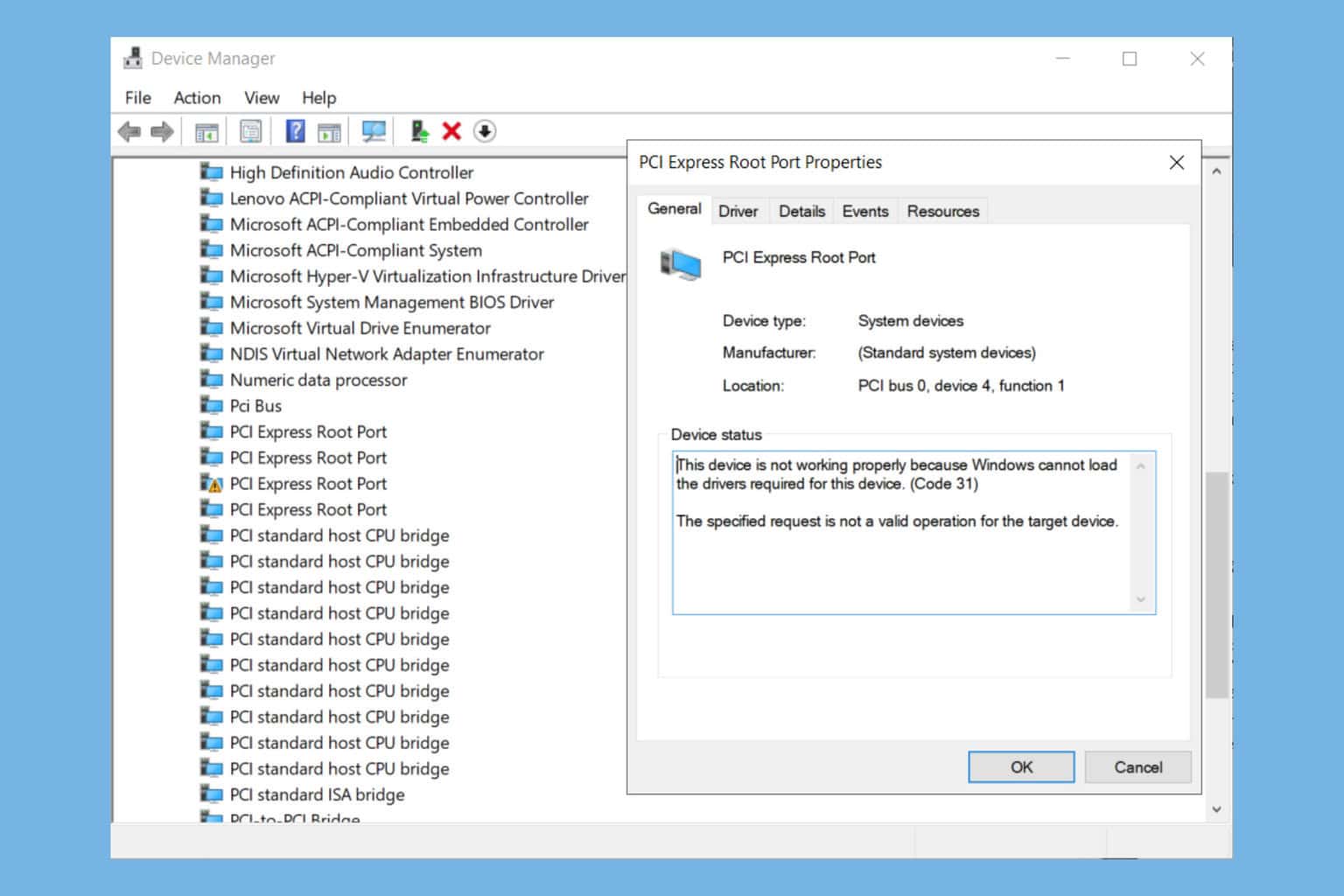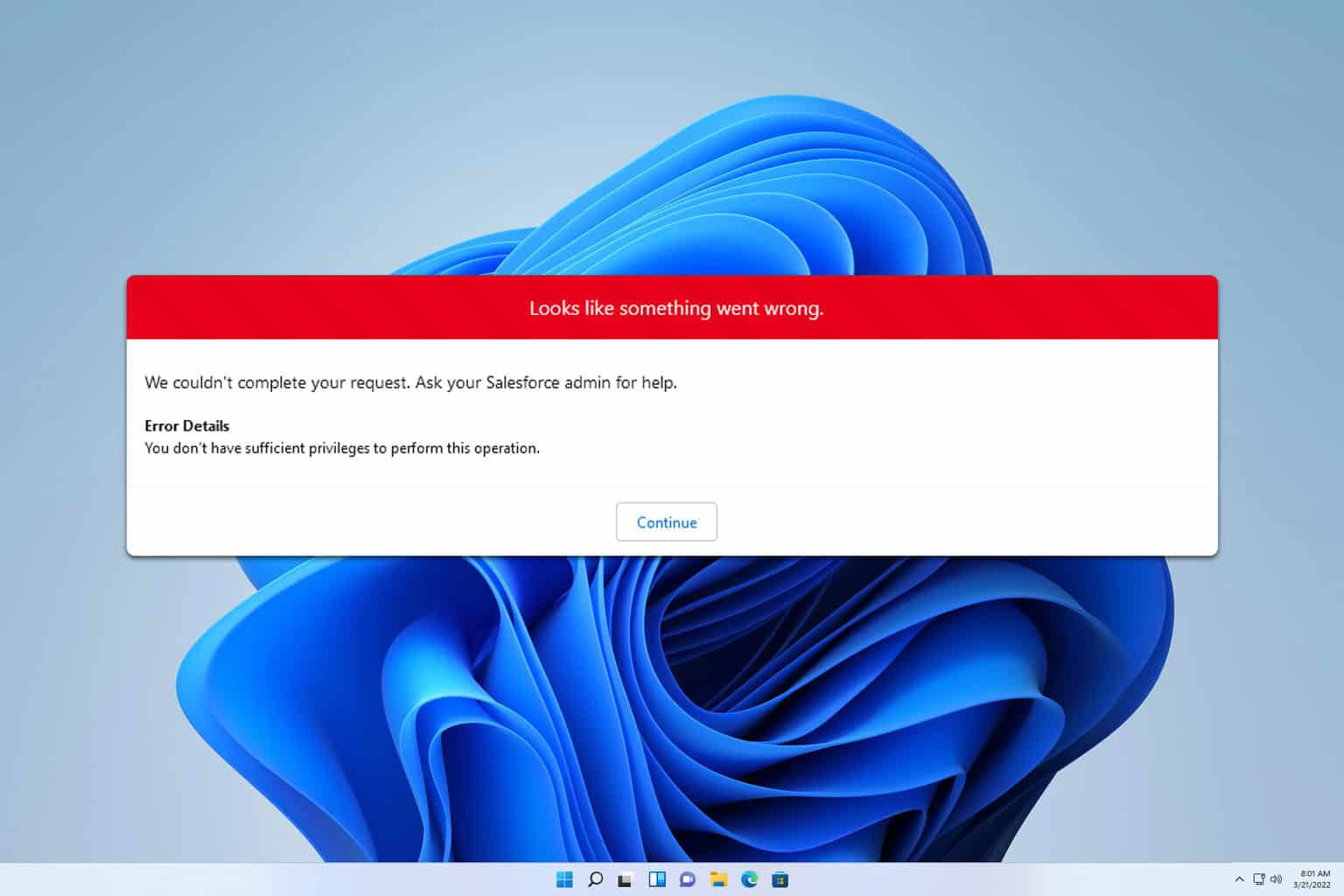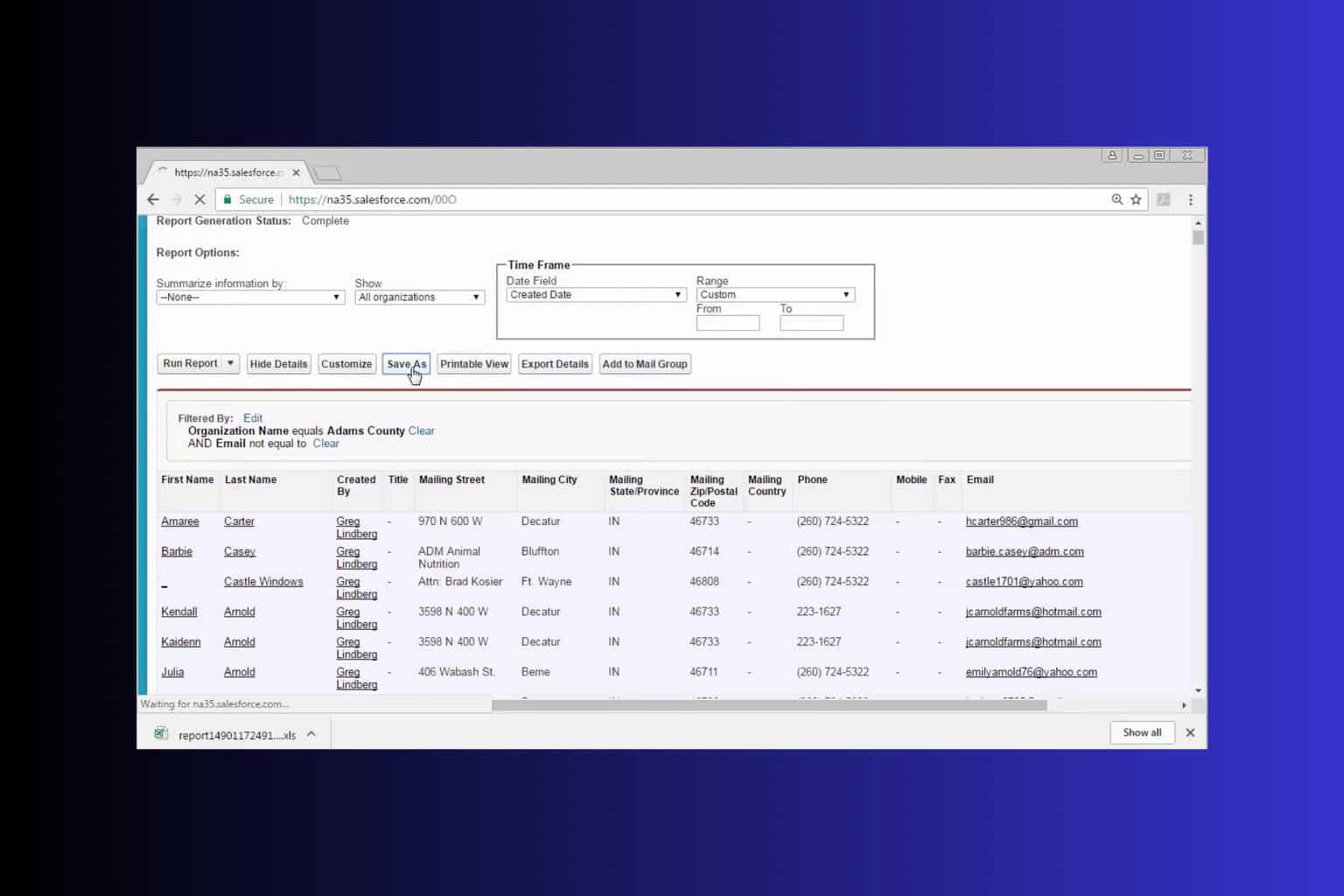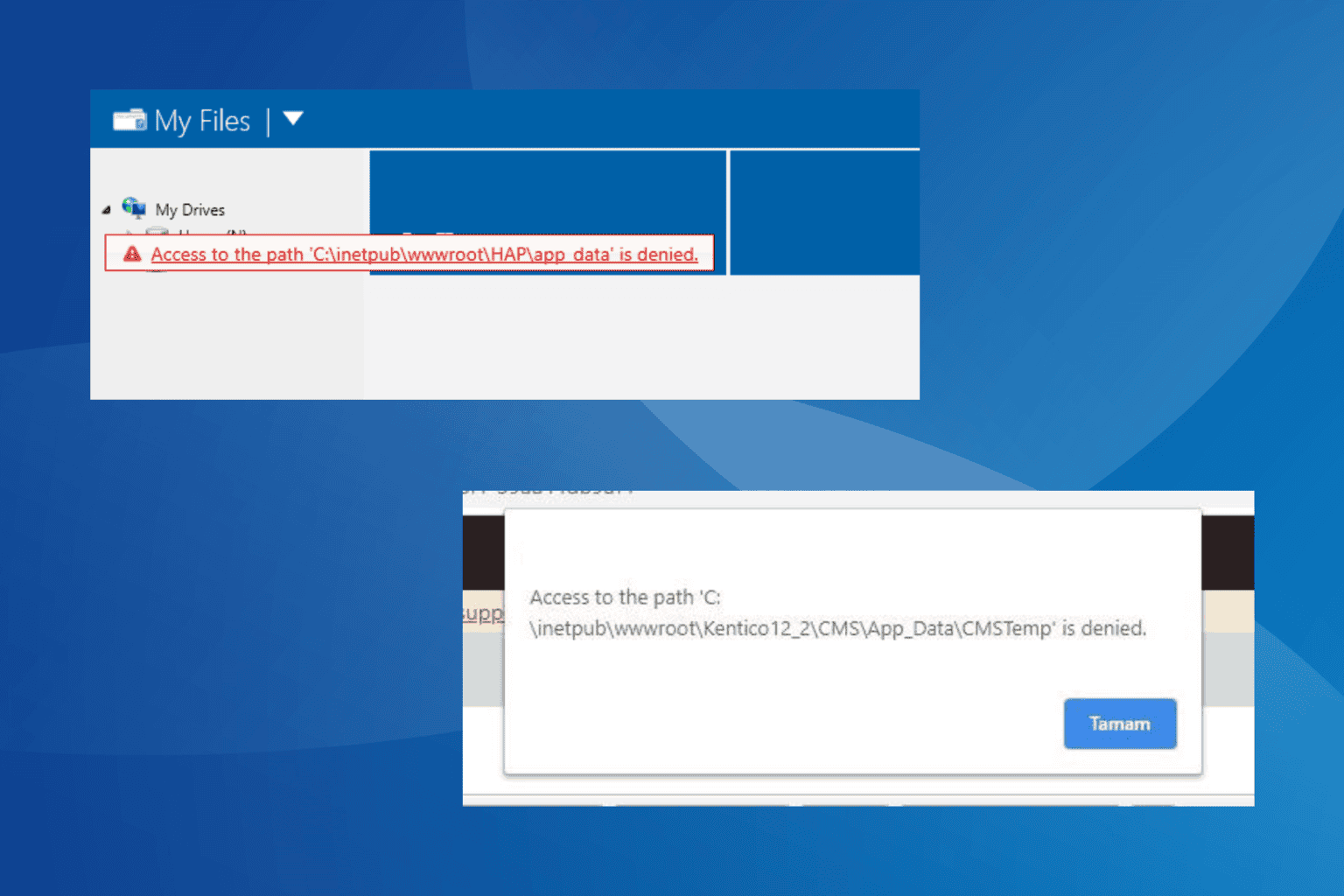Got VR problems on Windows 10/11? Here's how to fix them
7 min. read
Updated on
Read our disclosure page to find out how can you help Windows Report sustain the editorial team Read more
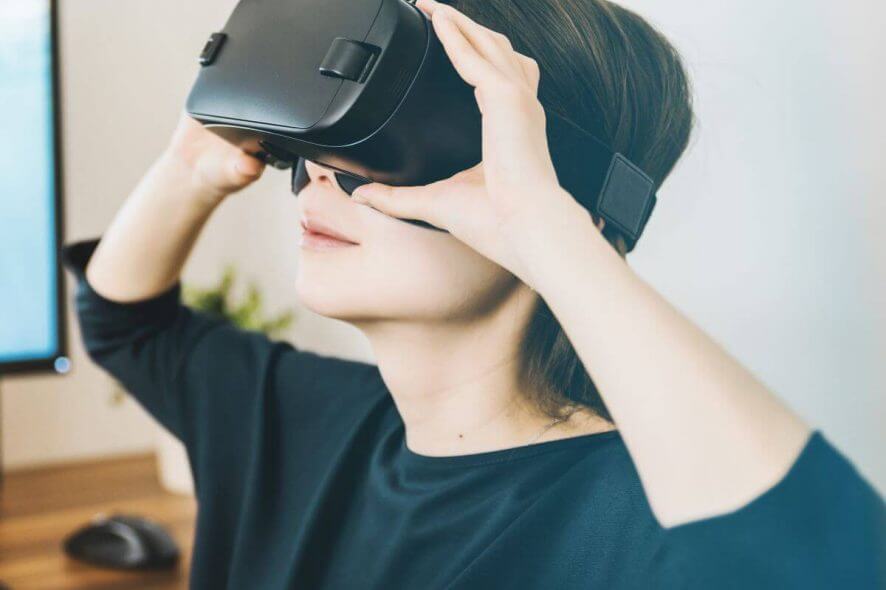
Are you experiencing VR problems Windows 10? No doubt, the infusion of Windows Mixed Realities into the VR platform has resulted in a whole lot of expansion. Setting up a virtual reality can spring issues that could be rather frustrating. Hence certain recommendations and suggestions might come in handy when VR problems arise. Whatever the VR issue is, here is a useful guide in resolving some of the most common VR problems in Windows 10.
Best solutions to fix common Virtual Reality problems
- PC Troubleshooting
- VR Problems with Audio
- VR Problems with the Controller
- VR Problems with Wireless Receivers
- VR Problems with the Headset
1. PC Troubleshooting
All VR problems under this category require the following procedure to optimize PC setting for SteamVR.
- The process begins with clicking the Windows key at startup, and then type power to search for the power option. Select the power option and next click on the High performance option.
- NVIDIA Power Management should be set to Prefer maximum performance.
- Ensure that the latest driver for AMD or NVIDIA graphics is installed.
- Default audio playback device should be HTC-VIVE-0 and ensure that Steam is running with administrative privileges.
2. VR Problems with Audio
Audio VR problems in Windows 10 are easily tackled as they do not pose a serious or permanent issue. Follow these steps to solve specific problems:
No sound, even when plugged to the Vive’s headphone jack
- First, ensure the headphones are well plugged in.
- Test the positioning of the stereo by right-clicking on the volume icon in the tray task. Choose Playback devices and highlight the default audio device- 2-USB-Audio device or the HTC-VIVE-0. Finally, right-click the highlighted device and choose Test. This should take care of the sound issues.
When the sound can’t be heard
Simply do the following:
- Right-click within the SteamVR and choose the Settings option, select Audio then Audio device. This will help you identify whether the audio device is selected or not.
No sound on USB headphone while connected with Vive’s extra USB port
Ensure that the correct playback device is receiving audio from SteamVR.
- To check that, go to SteamVR choose Settings > Audio > USB headphone.
Ensure that audio transmission is on-going from the USB headphone device connected to the headset.
- Right-click the volume icon at the bottom.
- From the menu select the Playback device.
- Click on the desired output device and set as default device.
- If you can’t see USB headphones on the list, right-click on an Audio device and check the Show Disabled Devices and the Show Disconnected Devices options.
When the audio stops suddenly
- Set the default audio device to speaker 2-USB Audio Device.
- Ensure that SteamVR is still running.
- Ensure that the headset isn’t sleeping. Just move it to correct this.
3. VR Problems with the Controller
Different problems require appropriate solutions. Here are some controller VR issues that users reported:
Issues with the controller track pad
- Ensure the controller firmware is the latest. To check the firmware, go to SteamVR > Devices > Update Firmware.
- Hold down the System button to turn off the controller.
- Hold down the Trigger and Grip button, and then press the System button.
- A different noise other than the power noise would be heard. This is an indication that the controller is on.
Controller LED should be in the right state
- Green color indicates the ready state for Vive (fully charged and on).
- Blue color indicates the connecting process. Controllers can be paired in this state.
- Blinking blue indicates paring mode.
- White indicates the ready state for Vive pre-development kit (fully charged and off).
- Orange is an indication that the controller is charging.
- Blinking red indicates low battery
Unconnected controller issues
- First, ensure that the controller is charged and turned on.
- Ensure the controllers are well plugged into the outlet and power adapter.
- Check the LED colors and make sure that everything is in order.
- For a solid red light, restart the controller. Hold down all buttons except the System button and plug the controller into the computer with a micro USB cord.
- Release the buttons after several seconds.
4. VR Problems with Wireless Receivers
The Vive headset comes with two inbuilt wireless receivers. These are necessary for communicating with the controllers. Various issues can arise while using them. See the troubleshooting VR problems windows 10 and the solutions.
Not recognizing USB
- For this problem contact Steam support.
- Send a copy of the system Report as well.
Wireless receiver not detected
- Go to the StreamVR and select Settings, then USB.
- Click the Refresh button before the status update.
- Ensure that the wireless receiver 1 and 2 is highlighted by checking the appropriate buttons. If not, unplug the device from the PC. Use a different USB port to connect the wireless receiver.
- Wait for the device to refresh the status again.
Just reset the USB devices
Sometimes resetting the devices can help take care of some basic setting problems. To do that, follow these steps:
- Ensure to unplug all cables from the computer before commencing.
- Go to SteamVR > Settings then the Developer.
- Click on Yes to uncheck all SteamVR USB Devices.
- Connect the cables and re-launch the SteamVR.
5. VR Problems with the Headset
Like every other device, the headset comes with its problems. These problems range from, headset not being detected, and state of the headset LED and so on. Here are some solutions to these problems on Windows 10 devices.
Headset not detected
- Make sure the headset is plugged in.
- Connect the three orange headset tethers properly to the orange ports in the Link Box. It should override the problem afterward.
Blurry headset
This might be an issue with the Inter-Pupillary Distance (IPD). Images get blurry when the IPD does not correctly calibrate the distance it has measured between the eyes. To resolve this issue:
- Place a ruler on the nose just slightly aligning close to the eyes.
- Keep the left eye closed while looking directly through the right eye.
- Align the end of the ruler, lined up to the center of the eyes without moving it.
- Try to calculate the distance.
Once measured, change the IPD measurement manually in the WMR setting by:
- Right-clicking the Right button > Settings > Mixed reality > Headset display.
- Click measurement field ( the calibration section) > type the IPD value.
Headset and tracking issues
Headset tracking issues, particularly in a room-scale situation could be quite challenging. To solve the problem of the headset losing track, make sure the light in the VR room is on. This help ensures that the cameras have a good view of what’s around.
When dealing with pop up error messages, the boundary set up should be re-run with this step.
- From the start menu or Taskbar > launch the Mixed Reality > click the Boundary button.
- Click on the Run Setup > Set me up for all experiences. Follow the on-screen steps.
In the case where the HMD’s display freezes completely simply restart the Mixed Reality portal or the PC.
With the above guide, fixing VR problems Windows 10 shouldn’t be so difficult anymore, so be sure to try all of our solutions.
READ ALSO:
- How to check if your PC is ready for virtual reality
- Futuremark launches VRMark, the first virtual reality benchmarking software
- Dell’s Visor can interact with other mixed reality headsets



